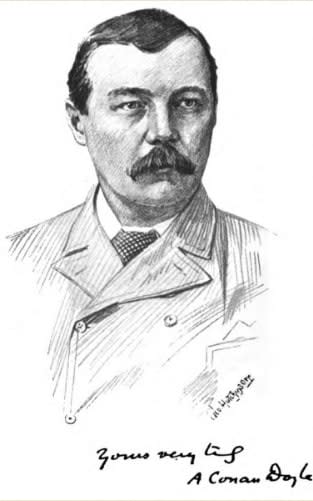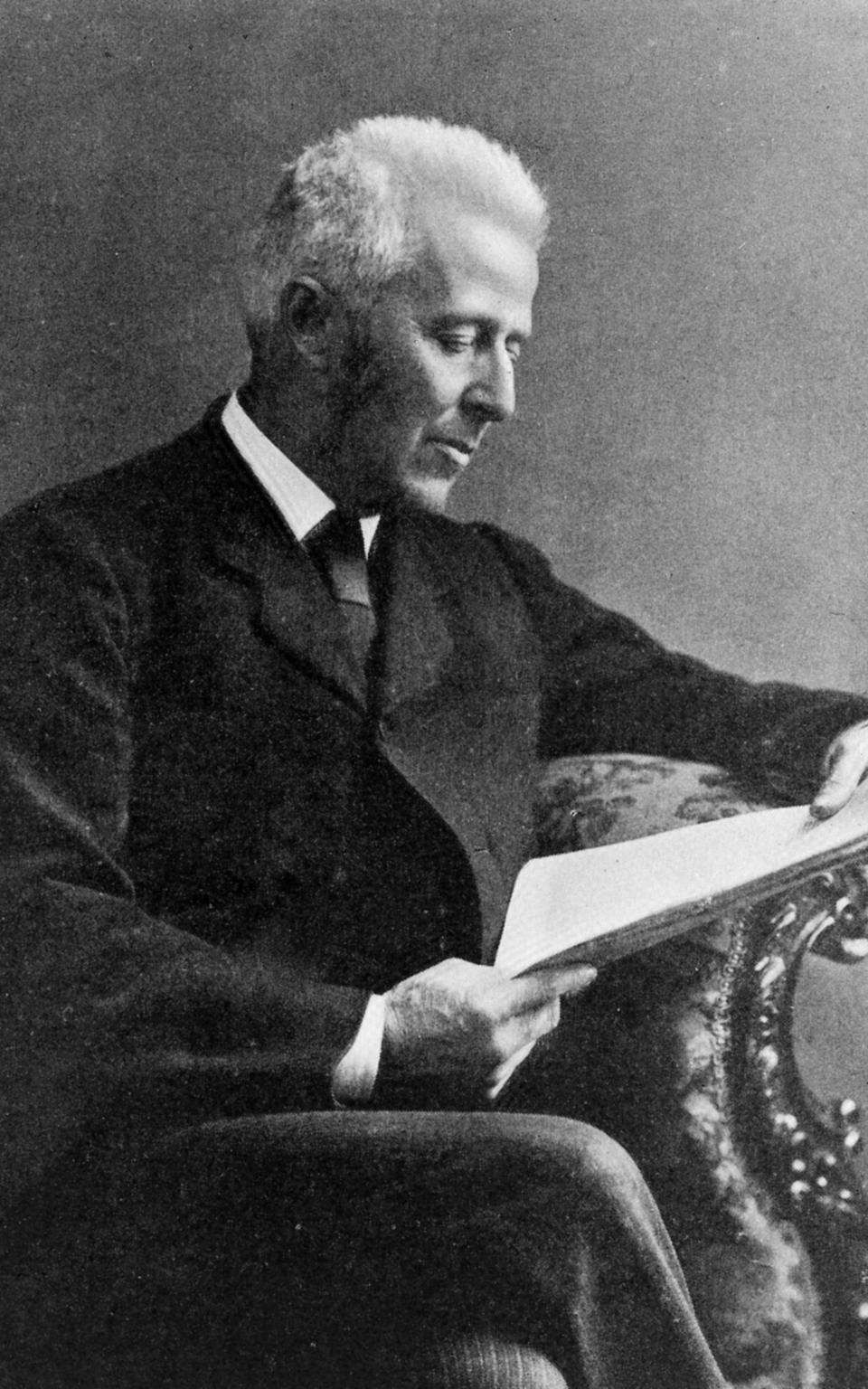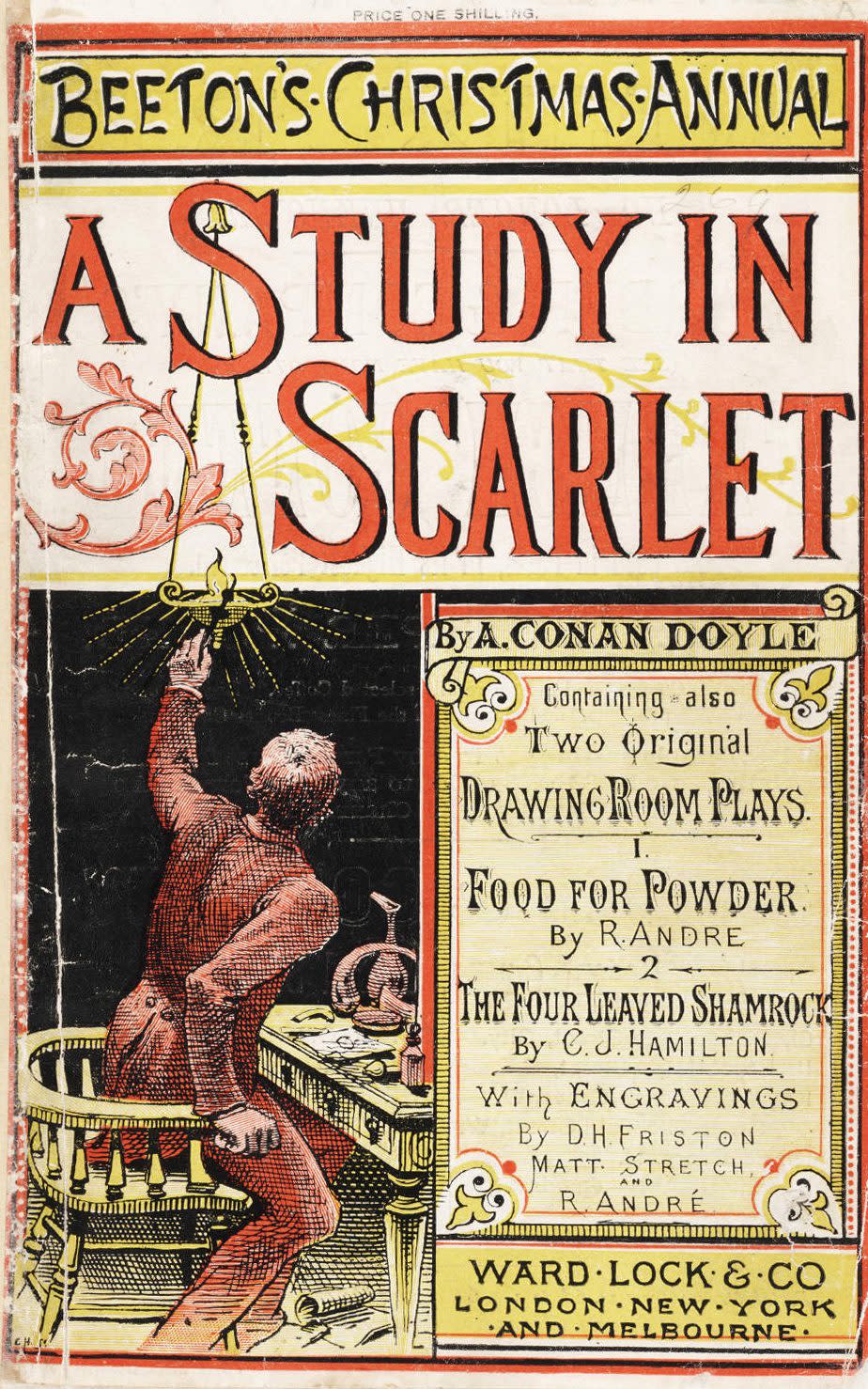On this day in 1859: The birth of Sherlock Holmes creator Arthur Conan Doyle

Arthur Ignatius Conan Doyle was born in Edinburgh on 22 May 1859. He was the third of nine children, and went to school at Jesuit-run Stonyhurst, where he developed a love for the heroic writing of Sir Walter Scott. He attended a final year of schooling at Feldkirch in Austria, before reading medicine at Edinburgh University. While studying there, he spent time as a doctor’s assistant in Birmingham, and also as a ship’s doctor on board a Greenland whaler. He graduated in 1881, before spending more time as a ship’s doctor and working in Africa.
He gained his MD in 1885 with a thesis on syphilis, and the same year married Louisa Hawkins, the sister of a patient of his who had died in his surgery. After a failed attempt to set up a medical practice in Plymouth, they eventually settled in Southsea. They had two children together.
Conan Doyle wrote stories and articles at university, but with little note. His studies brought him into contact with Dr Joseph Bell, who coldly and fastidiously noted every detail about his patients, making impressive diagnostic deductions from his eagle-eyed observations. Another teacher was Sir Patrick Heron Watson, who was a much more humane and compassionate figure. Conan Doyle would use the two of them as his inspiration for the unusual pairing of Holmes and Watson.

Sherlock Holmes made his debut in A Study in Scarlet, published in Beeton’s Christmas Annual in 1887. The story was very well reviewed, and Conan Doyle followed it up with The Sign of the Four in 1890. The public quickly became fascinated with Holmes, and Conan Doyle created ever more extraordinary adventures for the consulting sleuth. As well as featuring gripping plots, the Holmes stories tackled sensitive social topics, including race, sexuality, deviance, and a range of largely taboo subjects. They also regularly featured incompetent and bungling officials, while celebrating modernity and professionalism.
With the success of Holmes, Conan Doyle became concerned that the detective was eclipsing all his other writings, so in 1893 he published The Final Problem, in which Holmes appeared to die at the Reichenbach Falls while grappling with Moriarty. However, in 1902 he published The Hound of the Baskervilles, which was a “lost” story from before Holmes’s death. The following year he brought Holmes back permanently with a new series of 13 stories. He continued to publish his adventures, and the final collection of 12 stories, The Case-Book of Sherlock Holmes, appeared from 1921–1927. In all, Conan Doyle produced four novels and 56 short stories featuring Holmes.

Away from the detective tales of Sherlock Holmes, Conan Doyle had moved to London then Hindhead, and had become fascinated by the paranormal, especially spiritualism and notions of contacting those beyond the grave. This was partially fuelled by many close associations with death. His first memory was of his grandmother’s corpse. His father died an epileptic alcoholic. His brother, a general, died of pneumonia. And his son, Kingsley, died in 1918 from war wounds and influenza.
These personal experiences – as well as his professional medical ones – left him with a fascination for what happened after death. He had abandoned Catholicism while at school at Stonyhurst, but retained a belief in aspects of it, like guardian angels, which he fed into his spiritualism. He gave a great deal of money to psychic research, and became one of the world’s leading advocates of spiritualism. He said that his work with spiritualism was what he most wanted to be remembered for.
Conan Doyle wrote other books aside from Sherlock Holmes. His own favourites were his historical fiction. He was especially proud of his medieval chivalric tales and his Napoleonic stories. He also wrote non-fiction dealing with the Boer War, the Belgian Congo, and World War One, during which he was a military correspondent. His The War in South Africa: its Cause and Conduct (1902) earned him a knighthood. Overall, his output was prolific: he wrote over 200 short stories, 10 books, 22 novels, over a dozen plays, numerous collections of poetry, over 20 spiritualist books and pamphlets, and sundry other works.
Following the death of Louisa in 1906, he married Jean Leckie, and had three more children. He died in Windlesham in Sussex on 7 July 1930. On 13 July 1930, the medium Estelle Roberts electrified a large audience at the Royal Albert Hall by claiming the spirit of Conan Doyle was with them and speaking to her.
Top 10 | Greatest Sherlock Holmes

 Yahoo News
Yahoo News 
